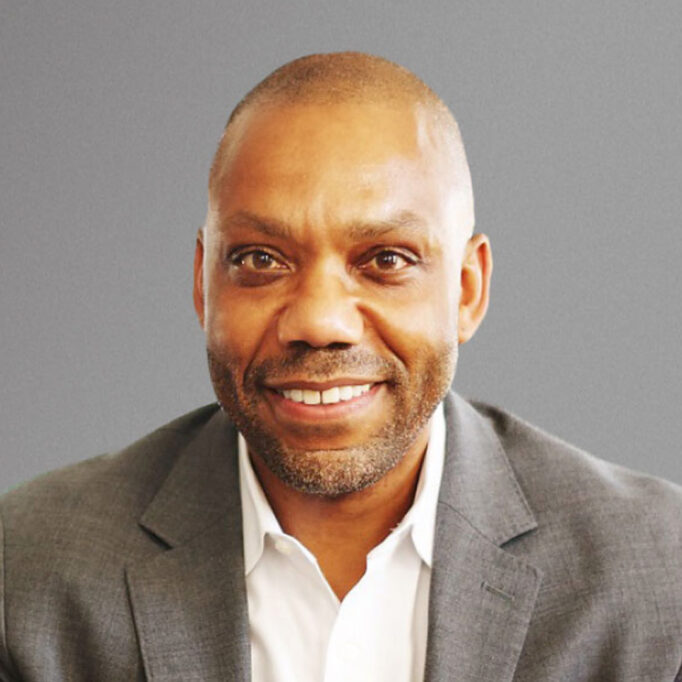They were three times as likely as white residents to be flooded out in the storm, since historic discriminatory housing and lending practices concentrated higher ground property in the hands of white homeowners. By the time banks started lending to Black buyers, what was left was mostly flood-prone property.
In 2015, a decade after Katrina, as New Orleans celebrated its resurgence, the Black population was still almost 100,000 lower than before the storm.
Majority Black neighborhoods like the Seventh Ward, the Lower Ninth Ward, and Pontchartrain Park remained largely unrebuilt and unrecovered. As of 2019, Black residents make up 61% of people in New Orleans without housing.
Before Katrina, the city had thousands of affordable units in housing projects known as the “Big Four.” They were mostly undamaged by the storm, yet the City bulldozed them anyway, part of civic leaders’ avowed policy to rebuild New Orleans as a wealthier, whiter city. U.S. Representative from Massachusetts Barney Frank said that it amounted to “ethnic cleansing.”
The Road Home, the largest housing recovery program in U.S. history, disbursed $13 billion in federal aid to New Orleans homeowners, apportioned according to the appraised value of the home rather than the cost of rebuilding. Since housing in white neighborhoods was appraised far higher than comparable housing in Black neighborhoods, white neighborhoods netted the majority of Road Home funding. In 2010, a federal judge ruled the program was racially discriminatory. But by then more than 98% of the money had already been spent.
“It took us almost ten years after Katrina to be able to assess and address the core needs and structural inequities in New Orleans,” said Andreanicia Morris, Executive Director of HousingNOLA, a partnership between the City and public, private, and nonprofit organizations working to solve New Orleans’ affordable housing crisis. “Katrina relief money flowed into the city with no control for basic racial inequities. That’s why it failed. A number of systems failed because of racial inequity, from investments in our levee system to helping those who were stranded in their homes. This is all rooted in the deepest problems that News Orleans and the United States have had for centuries. We watched as programs were created that reinforced systemic inequities and didn’t control for them.”
In recent years, new disruptions, including Hurricane Ida and the covid-19 pandemic, compounded by low wages and high housing costs, have left Black residents with fewer options for staying in or returning to the city, and more are getting forced out. They still constitute a majority of New Orleans residents — nearly 60%. But discriminatory lending practices, real estate speculation, gentrification, predatory tax sales, substandard housing conditions, and a lack of legal protections for tenants have made the city increasingly difficult for people of color to live in. An estimated 33,000 new affordable housing units will be needed in the next ten years to combat these trends.
Many of those will have to be rental units. Since 2000, rents in the city rose 50% and home prices 54%, while incomes rose just 2%. Wages are low, work is often temporary or seasonal, for example in the tourism and fishing industries, or intermittent, such as Uber or childcare gigs. Jobs in tourism, hospitality, and restaurants were disrupted by the pandemic and have been slow to return. But the pandemic didn’t depress home prices, which climbed 9.5% over the past year.
As a result, the New Orleans has become unaffordable for many Black residents, and the need to create decent, affordable rental units is urgent. Most New Orleans renters are cost- burdened. 61% spend more than a third of their income on rent and utilities. 38% spend more than half their income on housing, a red-flag indicator in which New Orleans ranks second in the nation. Black residents make up four out of five of cost-burdened New Orleans renters. About 28,000 people are on the waiting list for Section 8 housing in the city. 78% of rental properties require major repairs for leaks, infestations, plumbing, mold, and other problems.


